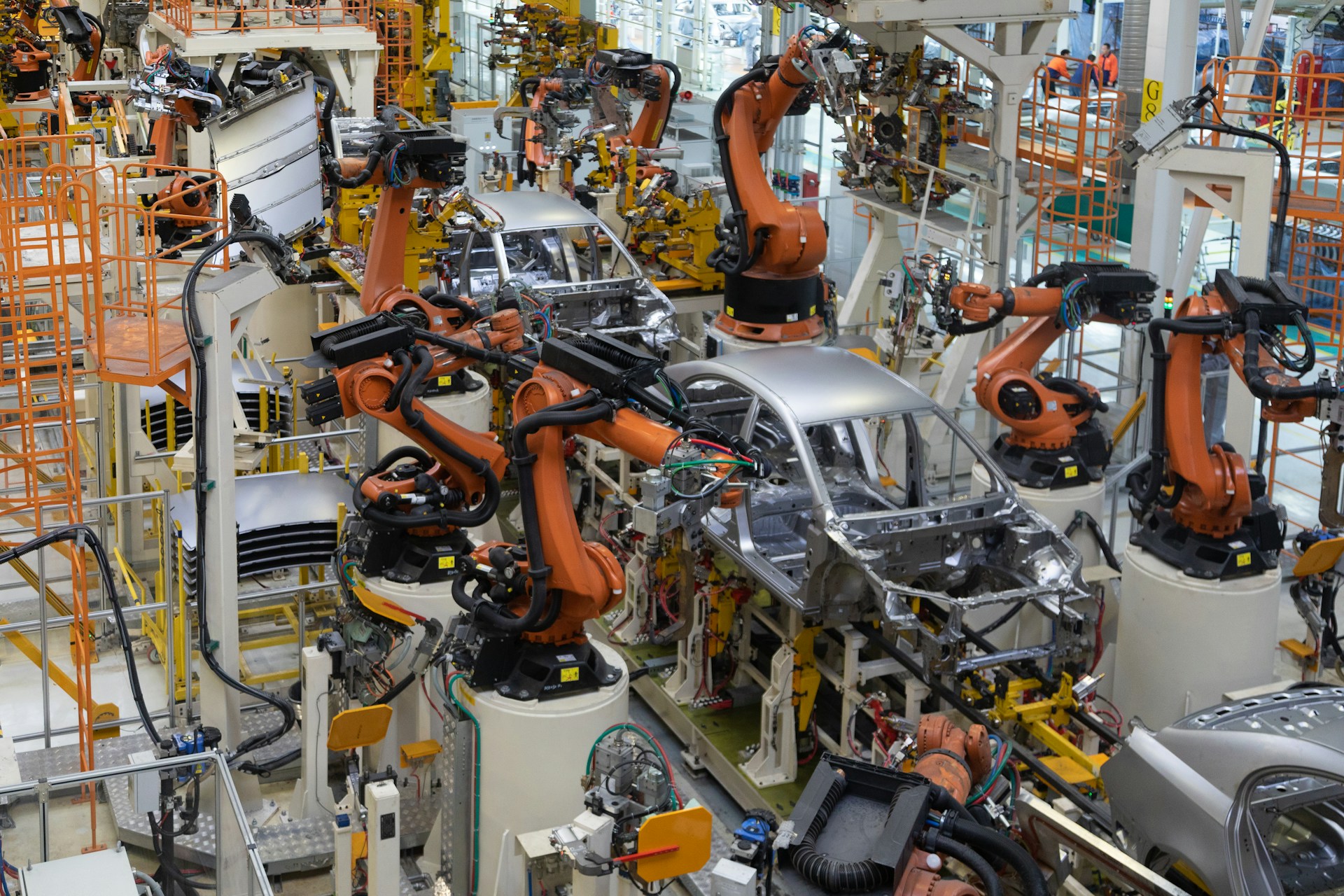The Demographic Bonus

Discover insights about demographic bonus and their relevance in today's dynamic business environment.
At other times, the relationship was inverse: there were more people, especially children, who needed care than those who could work. “However, that great opportunity has been wasted: the economy is not growing and is not generating employment. The economy has turned its back on demographics.”
The dependency ratio results from dividing those under 15 years of age, plus those over 65, by those between 15 and 64 years of age, considered to be of working age. The more dependents and the fewer productive people, the higher the index. Now, due to the aging phenomenon, new generations will have more adult dependents than children.
Ciro Murayama explains in his analysis that, while there were expectations about the benefits that the “demographic bonus” would bring to the country in family and economic matters, in reality this wave of opportunities not only did not materialize, but left a more desolate panorama.
Murayama’s Conclusions
Among the conclusions are very clear proportions:
-
The population grew by 22% during the two decades.
-
The working-age population grew by 39%.
-
The economically active population (EAP) grew by 42%, but the effective workforce with secondary and higher education practically tripled.
That is, not only are there more workers, they are also better prepared. In 2005, just one in four (24%) had upper secondary and higher education. Now it’s almost half (45%). Two decades ago, one in five workers (21%) had incomplete primary education. Now it is less than one in ten (8%). Human capital improved.
-
The bad news is that in those twenty years the GDP had an accumulated growth of 34%, a mediocre 1.7% per year.
-
Of the 18 million new workers, half have not had access to health services through their employment; they are in occupations that do not offer them the benefits that the Constitution and labor laws contemplate. They work in the informal sector. The economy performed so poorly that it did not productively absorb the new workforce despite being more qualified.
-
If the demographic bonus was 13 million and 9 million joined the informal sector, 70% of the bonus was wasted on unproductive tasks.
What Is the Demographic Bonus?2514
The demographic bonus refers to a phase in which the balance between the ages of a given population generates an opportunity for development. This bonus translates into real benefits for young people only if investments are made in human capital, especially in education and employment.
In the case of Aguascalientes, and due to its high fertility in the seventies, the increases in population, in the number of people of working age and available in the EAP, as well as human capital with better school profiles, multiplied above the national values. Unfortunately, this demographic bonus was not fully utilized either.
We have been analyzing in the last few notes how much labor poverty, informality, and lack of social mobility have taken hold of both the country and most of the federal entities, among which we are no exception.
What did triple were remittances, which implies that our demographic bonus of 100,000 people basically went to the United States (USA).
A Mexican worker earns six times more in the USA than in their own country. The average salary of a Mexican worker in the USA was 1,870 dollars at the close of last year. The average salary in Mexico was six times lower: 291 dollars per month. The average monthly remittance has risen from 300 to 400 dollars per month.
More Articles

Pascual Boing Launches Sugar-Free Beverage: What is its Presence in Querétaro?
Dec 1, 2025

Bulltick Reinforces Its Wealth Management Strategy with a Focus on Trust and Results
Nov 18, 2025

Querétaro's Seating Law: Training for Businesses
Nov 26, 2025

The Career of Alejandro Gertz Manero, Attorney General of Mexico
Nov 27, 2025

Who Will Benefit from the Minimum Wage Increase in Querétaro?
Dec 3, 2025

Auto Brands with the Sharpest Declines in Exports and Production Year-to-Date 2025
Nov 7, 2025
